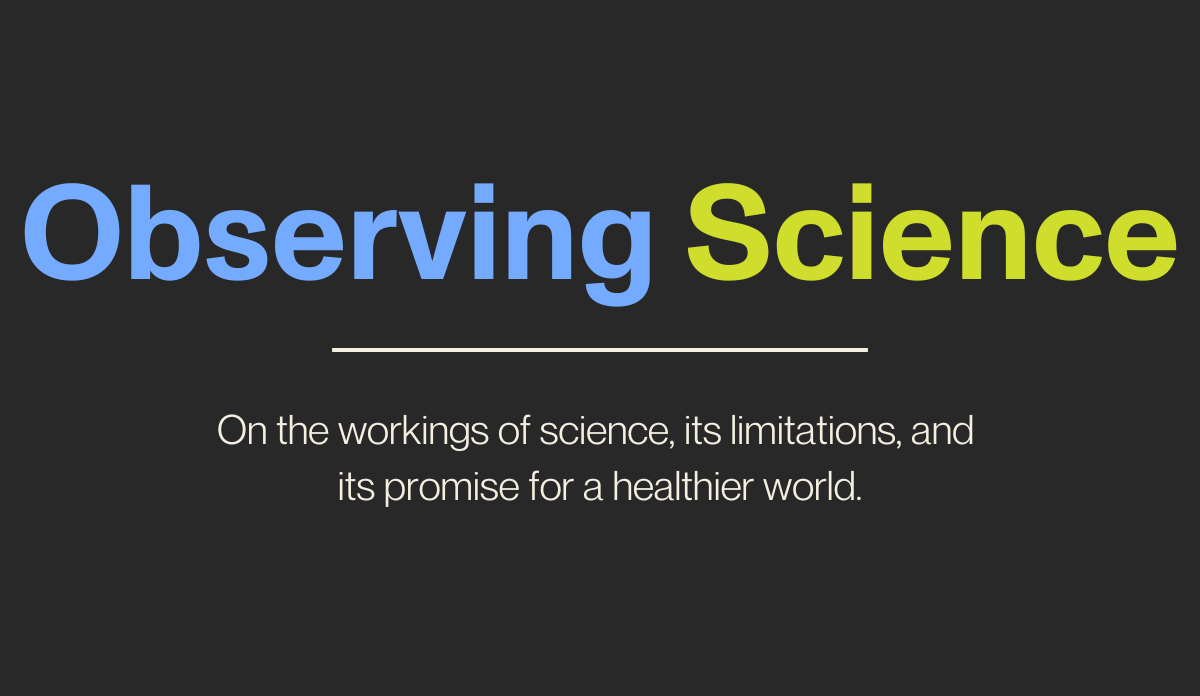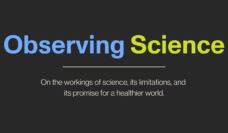While scientists do much of their work alone—thinking, computing, pipetting, scanning, observing, recording, recoding, counting—we eventually present our work to different audiences. We present to other scientists in our field at small, closed-door meetings, expecting intense and detailed interrogation. We present to wider scientific groups at professional conferences where we must provide more background and context for our work. Sometimes, we present to a more general public, on radio or television, where translation from the jargon of our disciplines is what’s called for. The expectations from each audience are different and raise different questions.
At large, scientific conferences the audience includes scientists in our field, or in adjacent fields. When an audience consists of a small group of scientists, they want to know about methods and findings. How was the study done? Which data were collected? What did the study show? What are the implications of your work? Are the outcomes of interest? Should more be done? What are the next steps? The evidence is what it is. No one in the room asks: Is the subject under study of interest? Was it worthy of funding? Because everyone in the room usually shares the same view—what we are talking about here of course matters. The performance is seemingly dispassionate, neutral, fair, factual (We will discuss in another essay why this appearance of neutrality may not be so).
Our work takes on a different valence if science journalists and corporate investors are present. Then, scientists expect what we say will leave the room, reaching newspaper editors and mutual fund managers and insurance administrators who will each take different angles when considering the implications. Their questions are all about what’s valuable. Still, the scientist’s personal values are not particularly questioned.
But when it comes time for us to translate results that promise clinical help to the general public, new questions become critical. Each person reading or hearing about one of our studies wants to know how could this affect them? Are other people seeking this test or treatment? Yet we rarely get asked: So, given what you know now, what would you do based on your findings if you were President of the World? The general public, and the presenting scientist, typically leaves the trade-offs to others.
Policymakers, a final audience, manage the trade-offs and compromises. They ask, how can we use these new data most effectively or cost efficiently or equitably? For example, do this study’s implications suggest directing limited financial or staffing resources to the relief of suffering of a few, or to preventative programs for the many? Practical questions—what is to be done?—emerge, that the scientist has ducked along the way.
The diversity of audiences that we face in science push us to consider and reconsider how we present our work. Most often, we are speaking to others in our field, and keeping ourselves interested, imagining that we are advancing science, capturing a new understanding of the world. When we make our findings public, they are no longer under our control. As our audiences broaden, little that is neat and simple remains. We as scientists need to learn how we can communicate with clarity even as our lens broadens.
Previous issue: Authority
Sign up for Observing Science
A weekly newsletter on science and creating a healthier world












